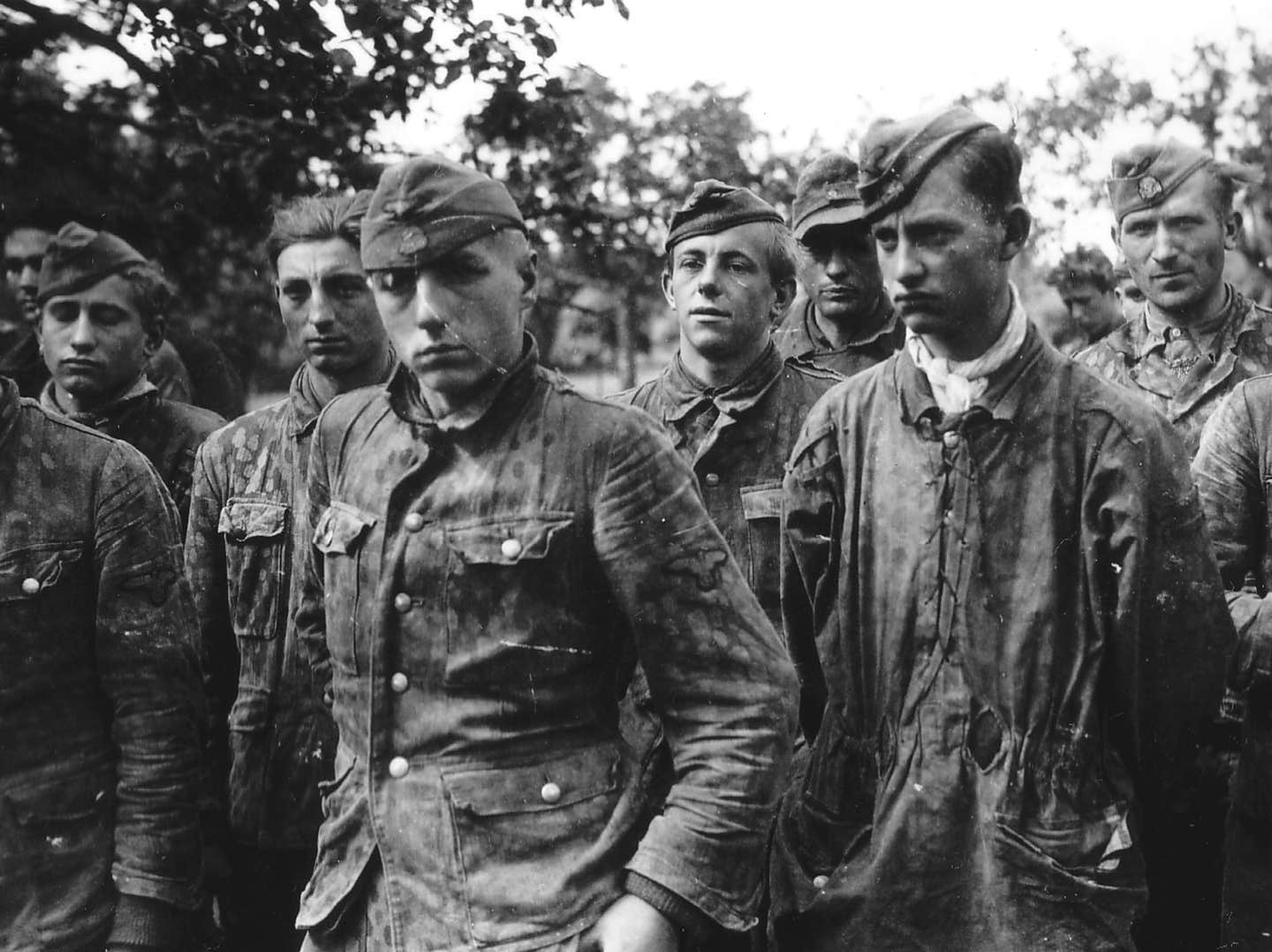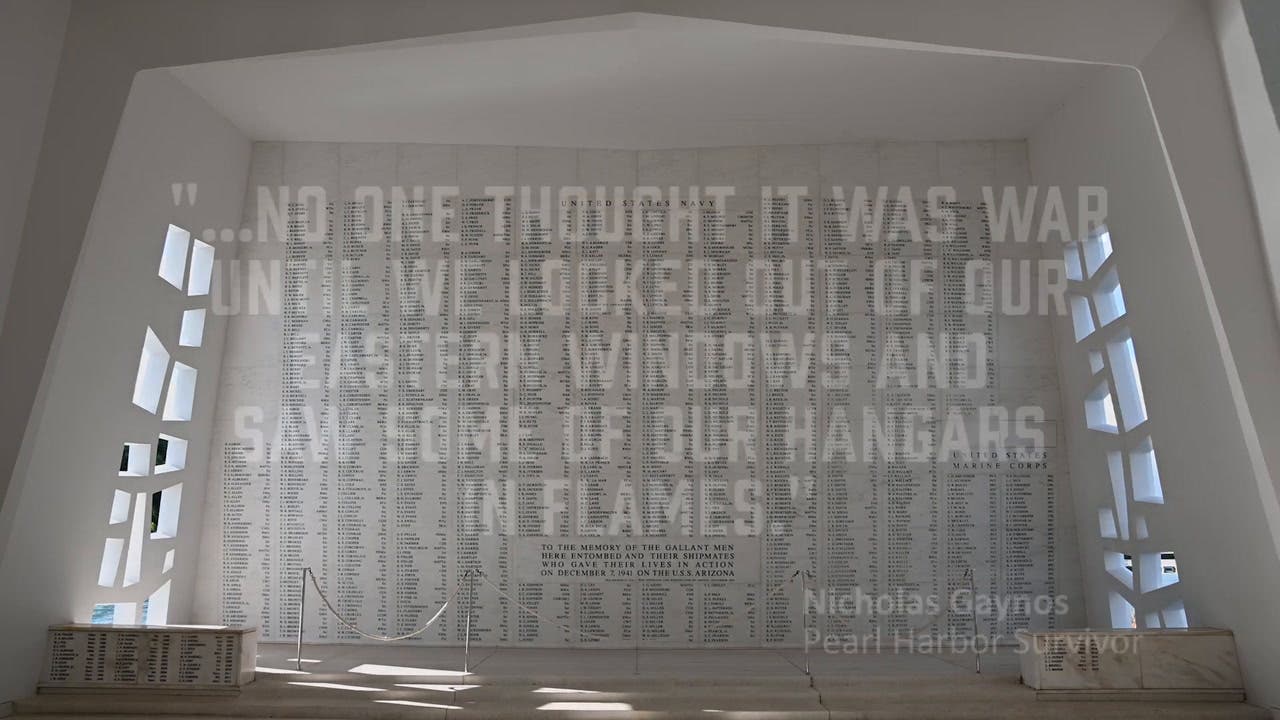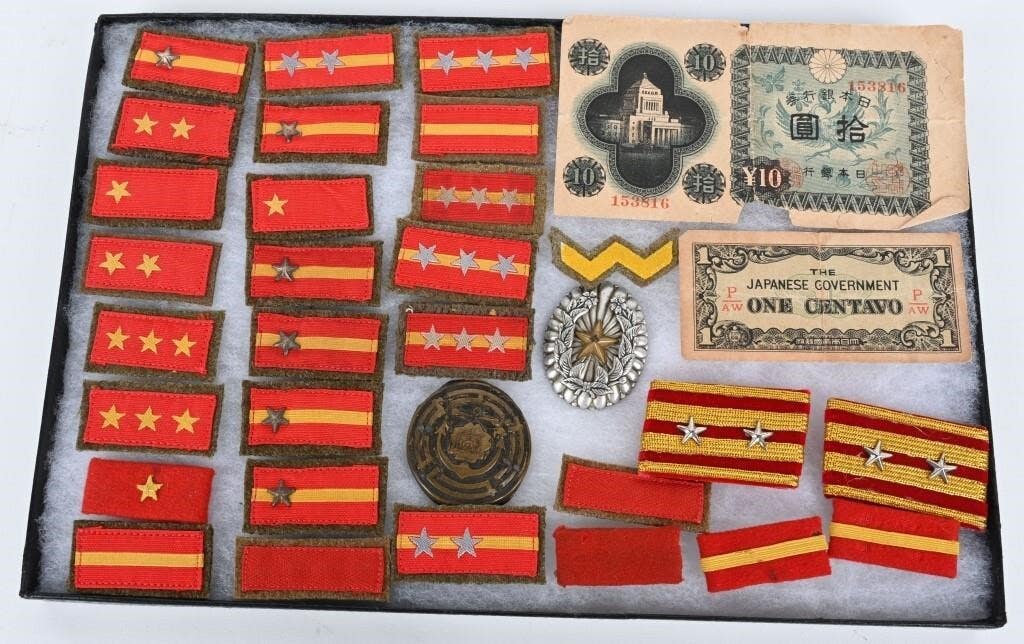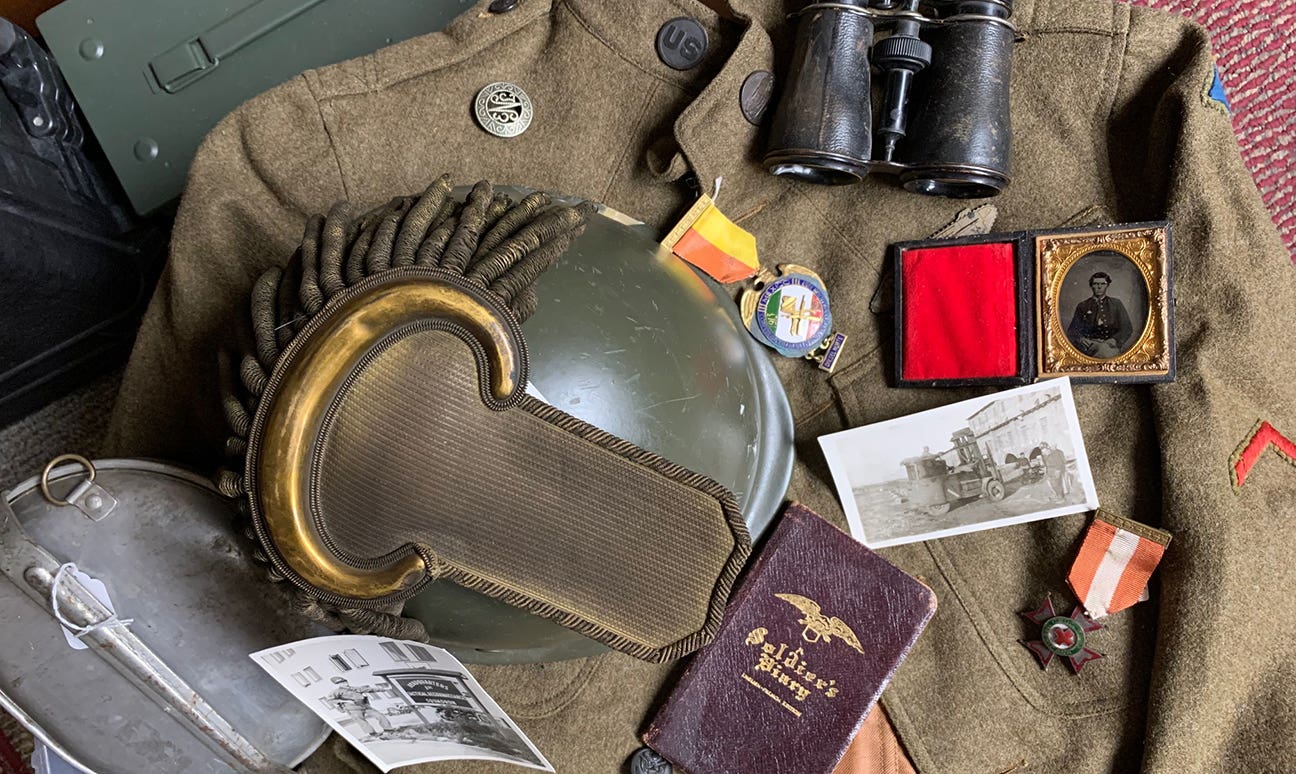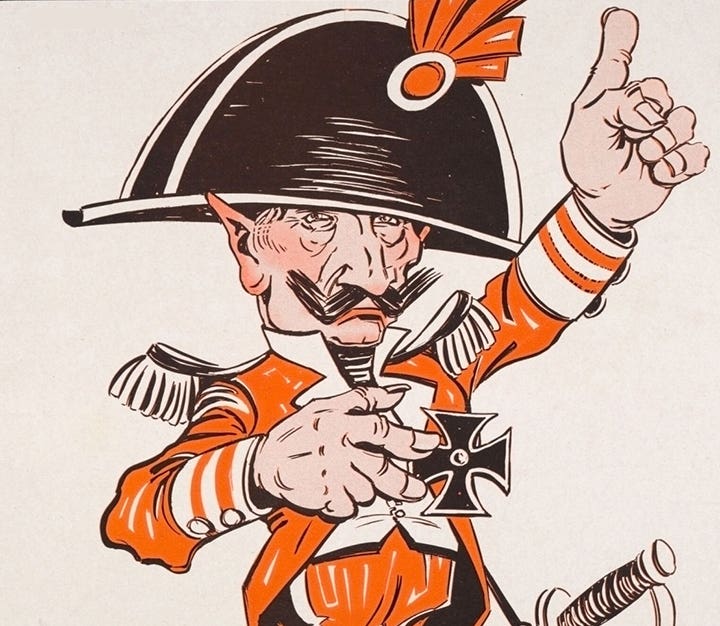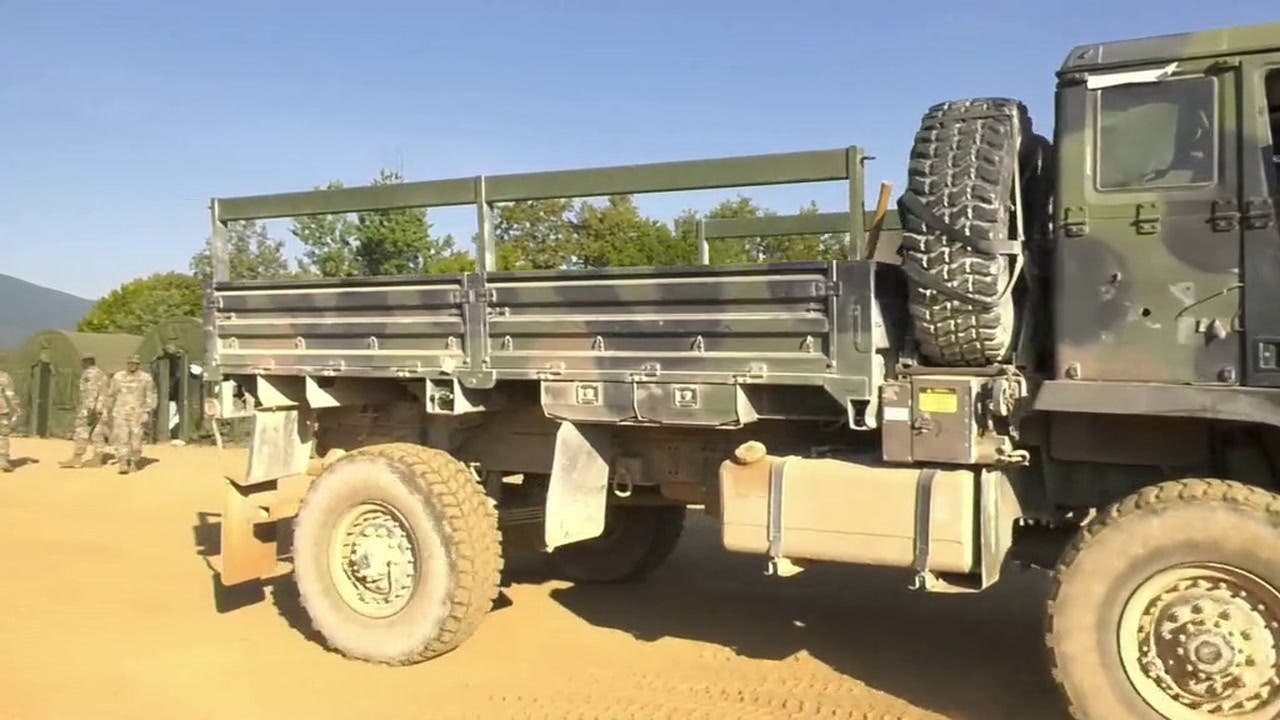Civil War Collecting Resurgence
What is it that causes a deep stir within the spirit of some at the sight of a tattered Confederate flag under glass or the bright steel of a cavalry…
What is it that causes a deep stir within the spirit of some at the sight of a tattered Confederate flag under glass or the bright steel of a cavalry saber? Perhaps such items evoke a long-forgotten school lesson about how nearly 4 million men answered the call to serve either the Union or the Confederacy between 1861 to 1865. Or, maybe these relics clarify a moment in time when the romantic image of a pioneering America ended and the modern age began. Whatever the reason, more than 300,000 Americans currently categorize themselves as “Civil War buffs.”
The Civil War Experience
Many Americans satisfy their desire to feel connected with the Civil War by exploring battlefields or cemeteries or researching their own family ancestors who served. Some people even read countless biographies, regimental histories, or battle accounts, even joining Civil War study groups or “Round Tables.” For many, these very private explorations are enough to satiate their need to learn about the conflict and the lives of its participants.
For some though, simply memorializing the war isn’t sufficient to satisfy that need to remain connected to the events of 1861-1865. Some will painstakingly recreate uniforms and equipment to don on weekend campaigns and refight battles, this time firing at their fellow countrymen with muskets and cannons charged with powder and paper instead of canisters of grape shot or loads of buckshot. For these “reenactors,” such events help them come close to experiencing the daily work, inconveniences, and feelings of Civil War soldiers. Of course, at the end of the weekend, these modern “Sessesh” and “Billy Yanks,” return to their 21st century lives, leaving the recreated image of maimed fellow soldiers, dysentery, and lice- infested clothing behind.
And finally, for another group of Civil War enthusiasts, the best medium for understanding the heritage and role of thousands who served is by collecting war relics. For these collectors, holding an 1861 Taunton-produced Springfield rifled musket, studying the detail of a Nashville Plow Works’ foot officer’s sword, or admiring the style of a Confederate artilleryman’s kepi are a fast connection. They represent direct links to a comprehensive understanding of the depth of commitment, sacrifice, and engagement that the soldiers felt.
Collectors and Accumulators
Collecting mementos and artifacts from the Civil War is not a new hobby. Even before the war ended, people were already gathering remembrances. The first collectors, as with any period of warfare, were the participants themselves. Soldiers sent home scraps of flags, collected minie-ball shattered logs, purchased privately marketed unit insignias, or obtained a musket or carbine for their own use after the war. Civilians wrote to prominent officers asking for autographs, exchanged photographs (“carte de visites”) with soldiers, or kept scrapbooks of items that represented the progress of the conflict.
After the war, the passion for owning a piece of it did not subside. Early collectors gathered representative weapons, collected battlefield-found relics, and created personal or public memorials to the veterans. For nearly eighty years following the end of hostilities, veterans would come together for annual reunions to swap stories and pay homage to their fallen comrades. When these old soldiers gathered, collectors were right there to acquire any tidbits or mementos that the veterans would release.
Simultaneously, and not unlike the time following any major conflict, a grand scale of surplus sales emerged. This was the heyday of Civil War collecting. Dealers such as Francis Bannerman made hundreds of Civil War relics available to the general public. For as little as $3.50, a person could buy a Springfield musket. Ten dollars would secure a Confederate Richmond-made version. Unissued Union cavalry shell jackets could be had for $3.85 each (or $1.50 each, if you ordered a dozen!), and an actual 3" rifled cannon for $350. Though a lot of sales were made to early collectors, much of the surplus was sold, in bulk, to other governments and outdoors enthusiasts. A lot was sold simply for its scrap value.
Following World War II, a new wave of collecting emerged. Reveling in the victories in Japan and in Europe, Americans were charged with a renewed sense of patriotism and heritage. At the same time, the newspapers started to track the passing of the last few veterans of Civil War. As the nation paid tribute to the few survivors of the Rebellion, it also acknowledged that the 100-year anniversary of the war was fast upon them. In an effort to capture a sense of the heritage, Civil War buffs began to collect in earnest.
With the high profile of the Civil War Centennial during the 1960s, thousands of outstanding relics emerged from closets, attics, and long-forgotten chests. Collectors eagerly bought and sold firearms, swords, and uniforms. It was during this time when metal detectors first played a large role in Civil War collecting, as hundreds donned headphones and swept battlefields and campsites, uncovering thousands of spent bullets, buttons, belt plates, and artillery projectiles.
By the 1970s, as this first wave of prominent and easily recognized collectibles disappeared into collections, Civil War buffs discovered carte de visites, tintypes, and ambrotypes. All of the early photographs of the period were fantastic, visual documents of personalities, uniforms, and weapons. With a fervor matched only by collectors of baseball cards, these wonderful items were bought and sold. Simultaneously, more interest turned to the common soldiers. Accoutrements started to reach prices that far outstretched what surplus dealers could have only hoped for, just a few years prior. The demand for soldiers’ letters and diaries forced people to open boxes and drawers to rediscover long-forgotten manuscript records of battles and campaigns.
By the end of the twentieth century, Civil War collecting had peaked. Some thought, “all the good stuff is gone!” Little did these skeptics realize, collectors are not the end user. Rather, a collector is merely the caretaker who provides a good home for an object until that time when they choose, or no longer are able, to care for the item. Then, these relics, thought to be gone, suddenly reemerge on the market. And it is this era of Civil War relic reemergence in which we currently live.
The fabulous collections of early relics that were assembled in the late 1940s and early 1950s are reappearing. Granted, the prices have increased considerably. Nevertheless, relics like no one has seen available for fifty years are suddenly appearing at auctions, shows, and on private dealer’s lists. Today, we benefit from the many years of research that has resulted from the earlier collecting frenzies. Books that the first generation of collectors could only have dreamed of are now available on specialized topics such as Confederate saddles, Gwyn & Campbell carbines, or Federal shelter tents. At no moment in time since the Civil War, has so much information and material been available at a single instant.
As we enter this “glory period” of Civil War collecting, though, many lessons need to be relearned. Whereas an old- time collector could look at a saber and recognize offhandedly that it was the product of the Griswold factory or quantify the variations of percussion conversion done to flintlock muskets at Federal arsenals, many of these outstanding artifacts have not been available for study for many years. Collectors are learning many of the nuances that affect desirability and value for the first time (often at the expense of the old-timer’s patience!).
Dad used to say to me, “An opinion—and a quarter—would buy a good cup of coffee.” More important than ever, collectors need to “consider the source” of information. Internet forums are a great place to share information, but don’t let them substitute for real research. Not always, but sometimes, the package that the information comes in does matter. I tend to trust information that is carefully thought-out, assembled, and published from the likes of Mowbray Publishing or University of Oklahoma Press than a post by “MinnieBall1” typed on a forum at 2AM.
So, as we move into another era of Civil War reawakening, remember, there are no shortcuts to a quality collection. The best collections are assembled at a price—one that involves hard work, long hours, and the investment in quality resources.
Preserve the memories,
John Adams-Graf
Editor, Military Trader and Military Vehicles Magazine
John Adams-Graf ("JAG" to most) is the editor of Military Trader and Military Vehicles Magazine. He has been a military collector for his entire life. The son of a WWII veteran, his writings carry many lessons from the Greatest Generation. JAG has authored several books, including multiple editions of Warman's WWII Collectibles, Civil War Collectibles, and the Standard Catalog of Civil War Firearms. He is a passionate shooter, wood-splitter, kayaker, and WWI AEF Tank Corps collector.



